Viviparous aquarium fish: varieties, selection and care
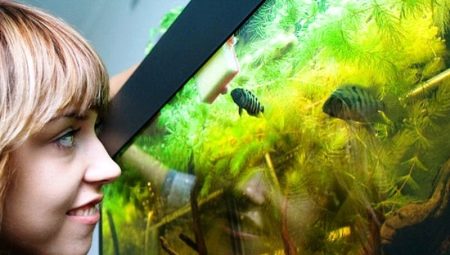
Aquarium is a widespread hobby that brings a very tangible aesthetic pleasure, because it is so nice to relax after a hard day, contemplating the smooth movements of beautiful bright fish!
Professionals and amateurs alike agree that if you want not only to observe the life of your aquatic pets, but also to participate in breeding experiments that sometimes bring unexpected results, start viviparous fish... They will be discussed in our article today.
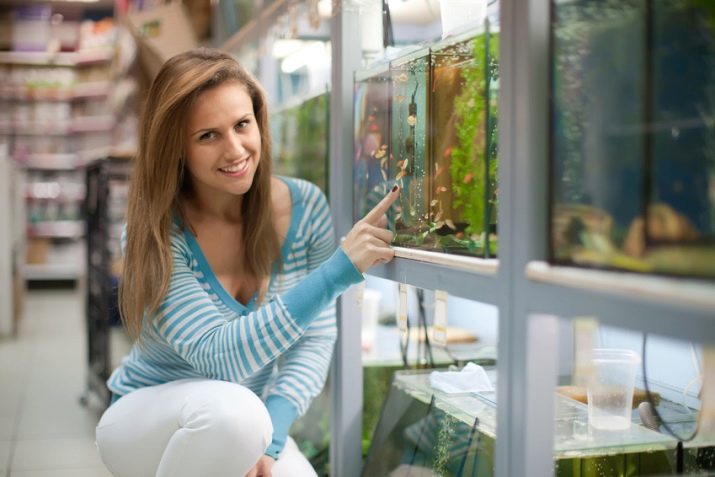
Peculiarities
Viviparous fish, or live bearers, are one of the most interesting and popular underwater inhabitants of the aquarium.
Their most important feature of interest to breeders is, of course, the production of already formed fry. And here it is necessary to clarify a little: in fact, fish do not bear offspring, like mammals - they simply carry fertilized eggs inside themselves until it is time for the young to hatch. While the embryo of a mammal receives nutrients from the placenta and is directly connected with the mother's body, the fry feeds on the contents of the egg.
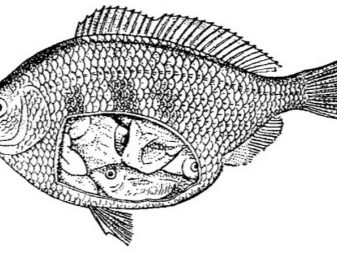
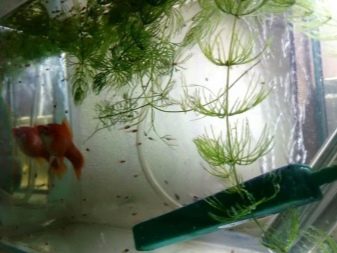
Therefore, fish that produce offspring in this way are also called ovoviviparous.
Male and female viviparous species have characteristic external differences. The most important thing is the shape of the anal fin. In the male it is pointed, in the female it has a rounded shape. "Guys" of live-bearer fish flaunt a bright color, unusual fins, "girls" are usually more modest, less attracting attention.
A very interesting feature of viviparous fish is the possibility of interspecific crossing, as a result of which an individual may be born that is not similar to either of the parents, with its own unique features. That is why the breeding of live-bearers is so attractive for beginners and professionals from the aquarium hobby.

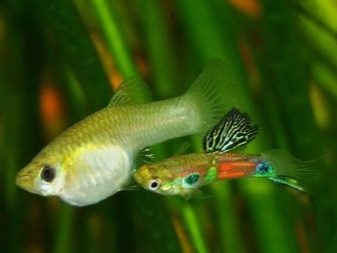
Views
Below is a list of the most popular breeds of viviparous aquarium fish.
Alfaro
Appearance: almond-shaped body, slightly flattened, tinged with green-blue color. Scales small, thin, dorsum darker than abdomen. The fish is small - only 8-10 cm.
When breeding, they do not show aggression towards young animals of their own species. However, in order for breeding to take place without conflicts, the alfaro must have enough deciduous shelters, for example, plants such as limnophila indian, nitella brilliant are perfect for these purposes. In captivity, fish can live up to 3 years.
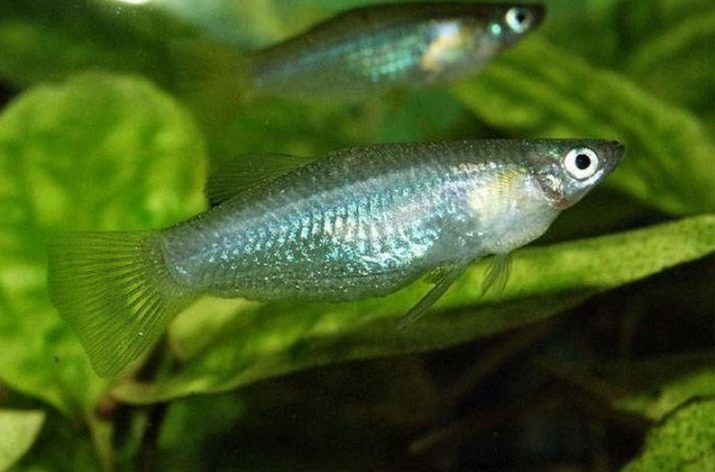
Ameca
Appearance: elliptical body, the back is narrow, has a rectangular shape. The caudal fin is triangular, with a clear, even cut. In males, it has a bright yellow stripe along the edge.
The fish are colored silver; in males, there is a black stripe on the side. In "ladies" it is also traced, but not so clear. The size of the amekas is rather modest - from 6 to 10 cm.
These fish are famous for their omnivorousness: they can eat both live prey and dry store food, and do not disdain aquarium flora. However, they are not predators or aggressors - for example, they get along well with small cichlids.
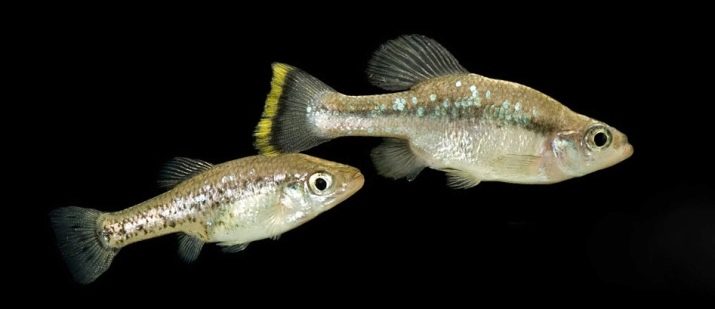
Belonesox
A fish that looks very similar to a small pike. It has a narrow cylindrical body, a long "nose", large radiant eyes. The color of the scales is brownish-green, with a tint of bronze; there is a dark spot on the tail.
Females are larger than males, the length of their body reaches 18-20 cm, while the "guys" - only 12 cm. Belonesox are predatory aggressive fish, and females are especially evil: when the time for mating games and spawning comes, they bully and chase males, they can even eat them. However, such feeding behavior can be regulated by abundant and satisfying food, since in this case the female simply will not be hungry, and the suitor will survive, like the young.
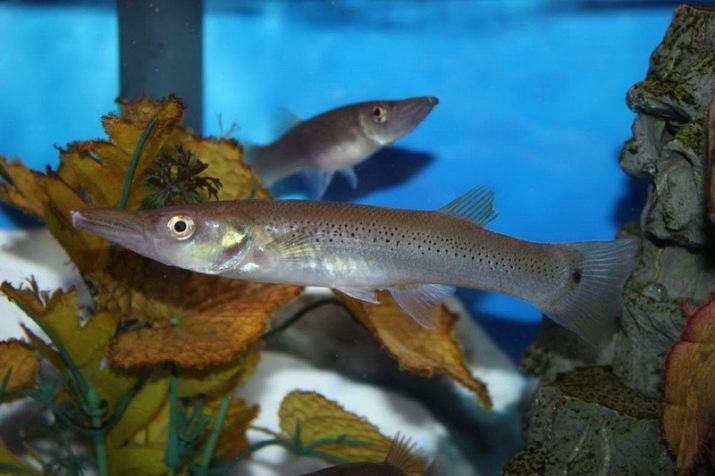
Belonesox feed on small fish, worms, tadpoles, bloodworms. The lifespan in an aquarium is up to 3 years.
Golomyanka
Strictly speaking, this amazing creature cannot be called an aquarium fish - it lives in the waters of Lake Baikal at a depth of more than 100 meters. However, when creating suitable conditions for it, in particular, maintaining the water temperature at a level of up to +6 C, it may well take root in an artificial environment.
Golomyanka is famous for the fact that this fish does not have scales and a swim bladder. It looks very peculiar: a long (up to 25 cm) narrow pale pink body, a huge mouth and large black eyes. The female golomyanka, having given birth to offspring, dies. The fry run the risk of being eaten by their own relatives.
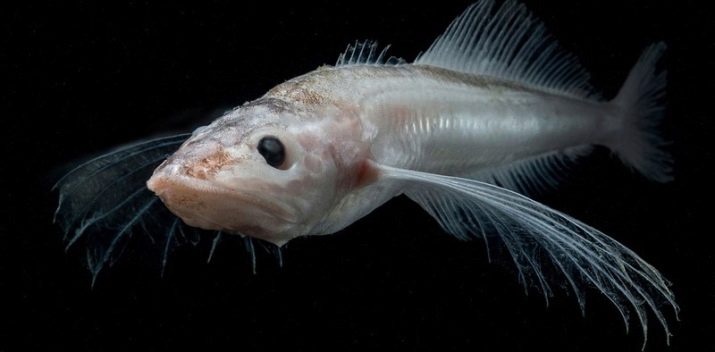
Guppy
Perhaps the most common aquarium live-bearer. At the mention of this fish, a gorgeous, veil-like tail, iridescent waves, immediately pops up in my memory. However, such coloring is inherent most often in males, "ladies" are usually inconspicuous-gray, and their tails are shorter. Of course, there are varieties where both representatives are colored brightly enough. In such cases, you need to look at the size: females are larger, their length can reach 6-7 cm, while males are slightly thicker and only 3 cm long.
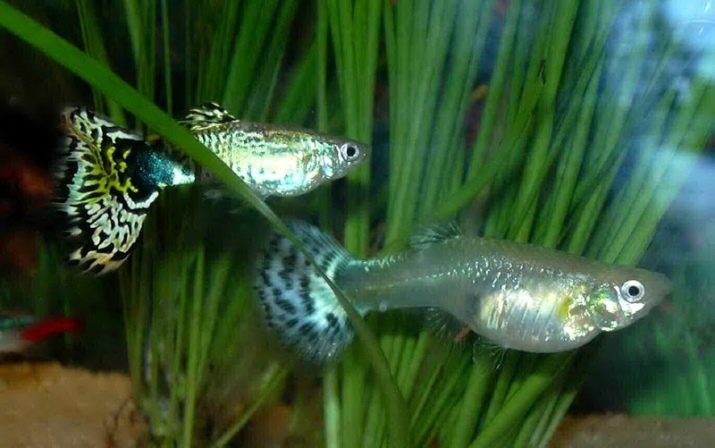
Guppy is a rather unpretentious fish, it can adapt to any conditions of detention. With good care, life expectancy is 3-3.5 years.
Dermogenis, or half-barrel fighting
Appearance: long, narrow body, slightly flattened on the sides, dorsal and anal fins are located closer to the tail. The color of the fish is gray-olive, turning into lilac and silver closer to the abdomen. A characteristic feature of the male is bright red dorsal and anal fins; in females they have a yellow tint. In an aquarium, the size of dermogenis ranges from 6 to 8 cm, the female is always larger.
If you plan to keep a flock of these fighting fish, do not forget that the male half-snout show aggression towards each other.

The strongest offend the weak by taking food from them, so this behavior must be monitored so that it does not cause the fish to die from hunger. The life span of aquarium dermogenis is 5 years.
Swordsman
One of the most remarkable viviparous fish. It is easily recognizable by the pointed shape of the caudal fin, thanks to which the swordsman got its name. Moreover, this feature is typical only for males.
The color of the fish, depending on the variety, can be different: black, red, gray. The size, as a rule, does not exceed 8-10 cm.

The sword-bearer is a rather peaceful “neighbor”; it can be safely settled in an aquarium with other fish of a similar size and temperament.
Molliesia (molly)
Appearance: a rhombus-shaped body, a small triangular muzzle, the lower lip protrudes slightly forward. Females can grow up to 8-10 cm, males only up to 6 cm. The color of the molly varies depending on the breed.
These fish are quite demanding on the conditions of detention. The water in the container where they live must always be clean, with increased hardness, it is recommended to add some salt to it from time to time. Molly feed on food of both plant and animal origin.

It is recommended to cover the aquarium with a glass lid, as these fish sometimes jump out of the water. The lifespan of mollies in captivity is 3-8 years. It depends on both the variety and the conditions of detention, as well as the feed.
Pecilia
Very cute, miniature - up to 5 cm - bright fish. They have the most varied color and body shape. Plants are unpretentious in keeping them, insects and plants form the basis of the diet. You can even pamper your pets with foods such as cucumber, zucchini, and spinach.

Priapella
Small (up to 5-7 cm) golden yellow fish with a lilac tint. Females are always larger than males. The eyes of the priapella are very beautiful, they have a shade of turquoise, for which it is called blue-eyed.
These fish are calm and peaceful creatures, perfectly coexist in the same territory with species similar in size and temperament.
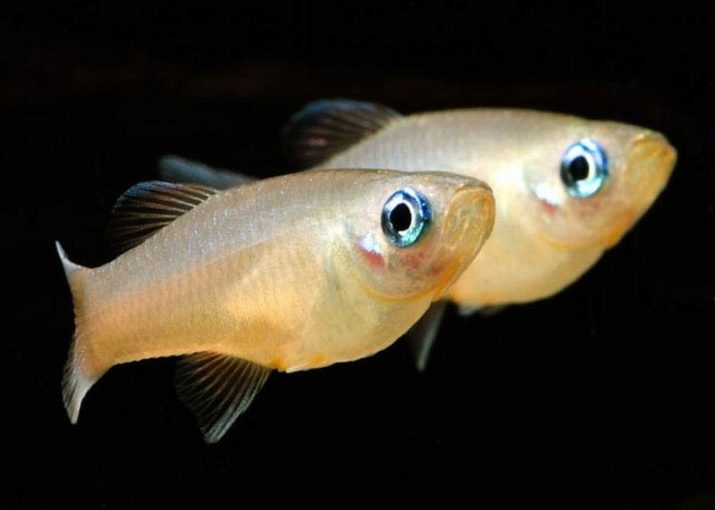
However, it is worth remembering that one of the negative features of priapells is fearfulness - they jump out of the water even when the light is suddenly turned on, so the container with them needs to be covered with something.
Formosa
The babies of the aquarium world are only 1.5-3.5 cm tall. Their coloring is inconspicuous: grayish pearl with a black longitudinal stripe on the side. At the base of the dorsal fin there is a dark speck with a rufous edging.
Great for keeping in a small aquarium due to its modest size. It is recommended to keep the formosis in a flock of 10-12 individuals. Other fish, larger ones, can perceive them as prey, therefore it is better to refuse such "neighborhood". By the way, formoses are good cleaners, they eat plaque formed by bacteria on the walls of the aquarium, as well as lower algae and planarian worms.
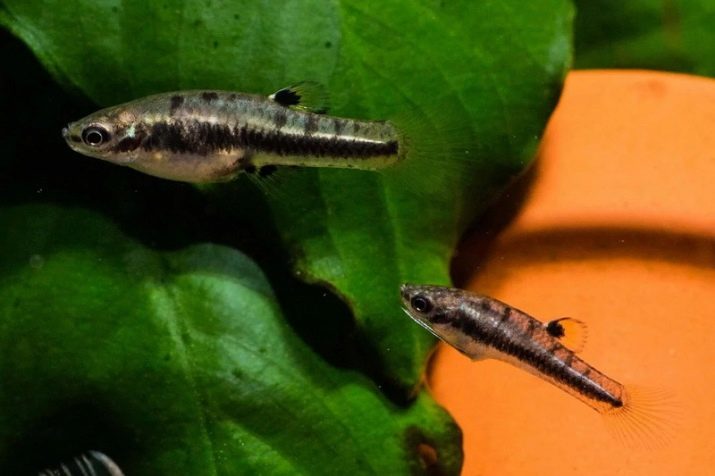
How to choose?
Of course, no one can prevent you from acquiring that fish, to which your soul "lies," however, there are certain rules for choosing, following which you can create ideal conditions for keeping your pets.
- It is not recommended to settle large fish in a small container or a large number of small ones. Due to the lack of oxygen and a sufficient amount of free space for movement, the fish will begin to die.
- When populating an aquarium with several types of fish, familiarize yourself with such a feature of them as a preference for living in a particular layer of water.If this is not done, you run the risk of acquiring, for example, only bottom fish, which will not please the eye when they swim to the surface.
- Another important factor is the similarity of the temperaments of the inhabitants. Too slow fish run the risk of being left without food, which will be eaten by more frisky "neighbors".
- Predators and potential victims cannot be kept in the same container, even with abundant nutrition. The fact is that predatory fish species are naturally endowed with the instinct of a hunter and will chase and attack any fish that is in their field of view.
- Novice aquarists should not start their "career" with the maintenance of rare exotic species. As a rule, they need special care: maintaining a certain level of temperature, water hardness, unusual food, good lighting, or, conversely, twilight. If you feel that you can cope with such a task - go for it, if not - start with something simpler, for example, with guppies or swordtails.
- When buying aquarium fish, carefully examine them: there should be no external damage such as bitten fins, bruises, bald spots. The eyes and scales should be shiny. The fish should behave in a typical way to the representative of its breed. For example, if in the description of the breed it is indicated that it should swim briskly in the aquarium, and the fish sluggishly "crawls" from corner to corner, this clearly indicates its ill health, and it is better to refuse to buy such a pet.

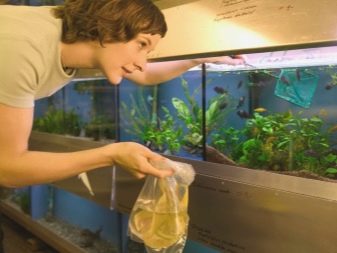
Content rules
Let's consider in more detail basic rules for keeping viviparous fish.
- Most often, aquarium live-bearers live in flocks. That is why the capacity for them must be roomy enough. It is recommended to proceed from the calculation of 1.5-2 liters of water per individual.
- It is very important to provide your fish with quality lighting. At night, it should be partially turned off, creating a pleasant twilight, which happens in natural reservoirs.
- Aquarium flora and other "interior" items deserve special attention. The bottom should be decorated with stones, snags, clay shards so that the fish can create shelters in them and rest. Be sure to plant live plants.
- The larger and more aggressive the individuals, the more territory they need for conflict-free living. This is especially true for males. Often colliding when taking a "walk", they can start a fight and seriously injure each other.
- The natural habitat of live-bearers is reservoirs with low-flowing or stagnant water. Try to recreate these conditions and provide your pets with quality aeration.
- The temperature of the water is very important. Its indicators range from +20 to +29 C. To maintain the desired level, it is worth purchasing an aquarium heater, the power of which varies depending on the volume of the container.
- Be sure to install a filter to help reduce the number of manual cleanings and prevent heavy contamination of the water.
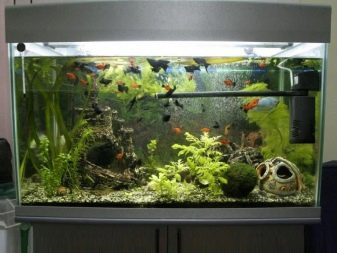
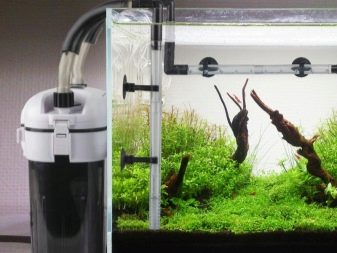
In general, live bearers are rather unpretentious pets that can adapt to various living conditions, for example:
- to a sharp decrease / increase in water temperature;
- to lower oxygen levels;
- insufficient lighting;
- poor aeration;
- changes in water hardness.
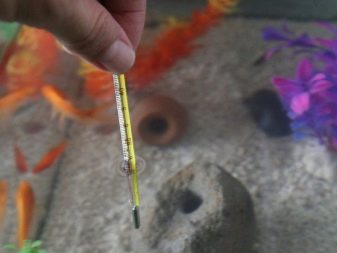
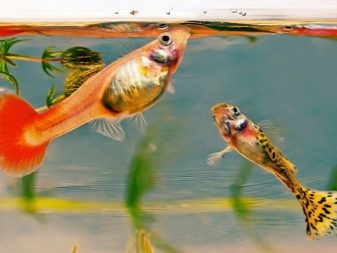
Of course, these conditions should not be constant, otherwise even the most resistant individuals can get sick and die.
Breeding
When settling a flock of viviparous fish in an equipped aquarium, remember that there should be 2-3 females for 1 male. This is necessary to exclude possible conflict situations during the mating season.
Live-bearers give birth to already formed independent young growth. This is due to the fact that the eggs are fertilized in utero using the long anal fin of the male. Each of them contains nutrients that the embryo feeds on. After 25-50 days, childbirth takes place, and the fry begin an independent life.
The very process of delivery can last from a couple of hours to several days.Some time before it begins, the female may become aggressive. The sunken sides of the fish and calmer behavior will tell you that the process is over.
The first food for young animals can be brine shrimp, cyclops, daphnia, microplankton. It is also worth trying to grind dry ready-made food for adult fish and feed it to the fry.
In the first weeks of life, babies need clean water, good aeration and filtration of the aquarium. Be sure to take care of this.
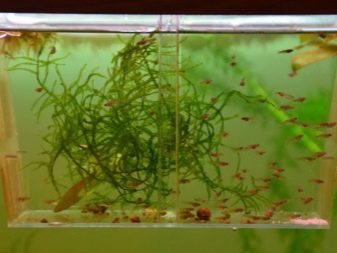
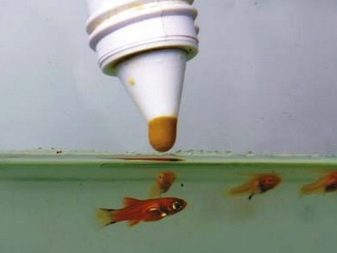
Compatibility with other fish
We present to your attention lists with the names of desirable and undesirable "neighbors" for live-bearers.
You can live with the following types:
- battles;
- barbs;
- discus;
- gourami;
- zebrafish;
- neons;
- labio;
- cockerels;
- scalars.
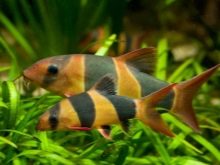
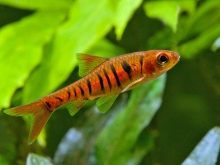
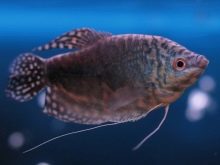
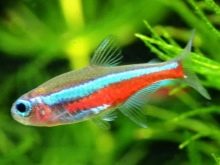

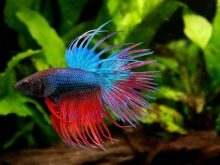
Neighborhood with the following representatives is not recommended:
- goldfish;
- astronotuses;
- cichlids (African and South American);
- carps.
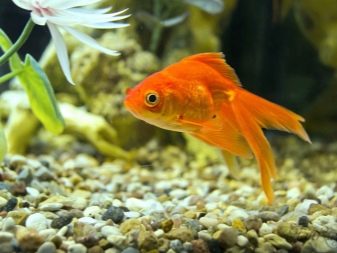
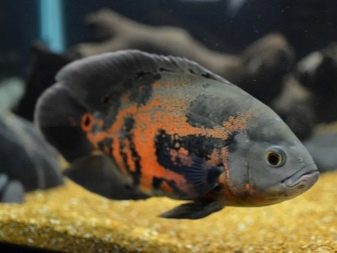
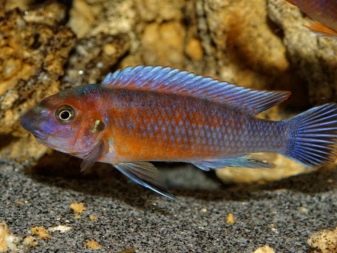
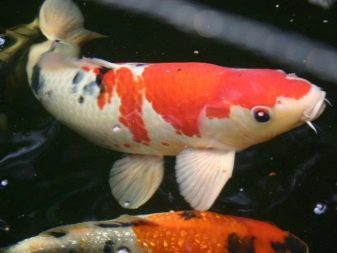
For viviparous fish for beginners, see the next video.








